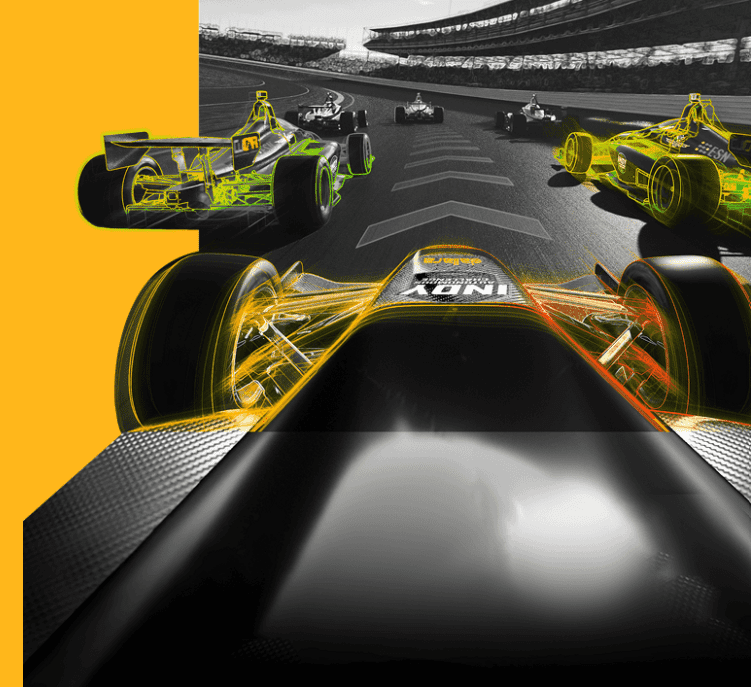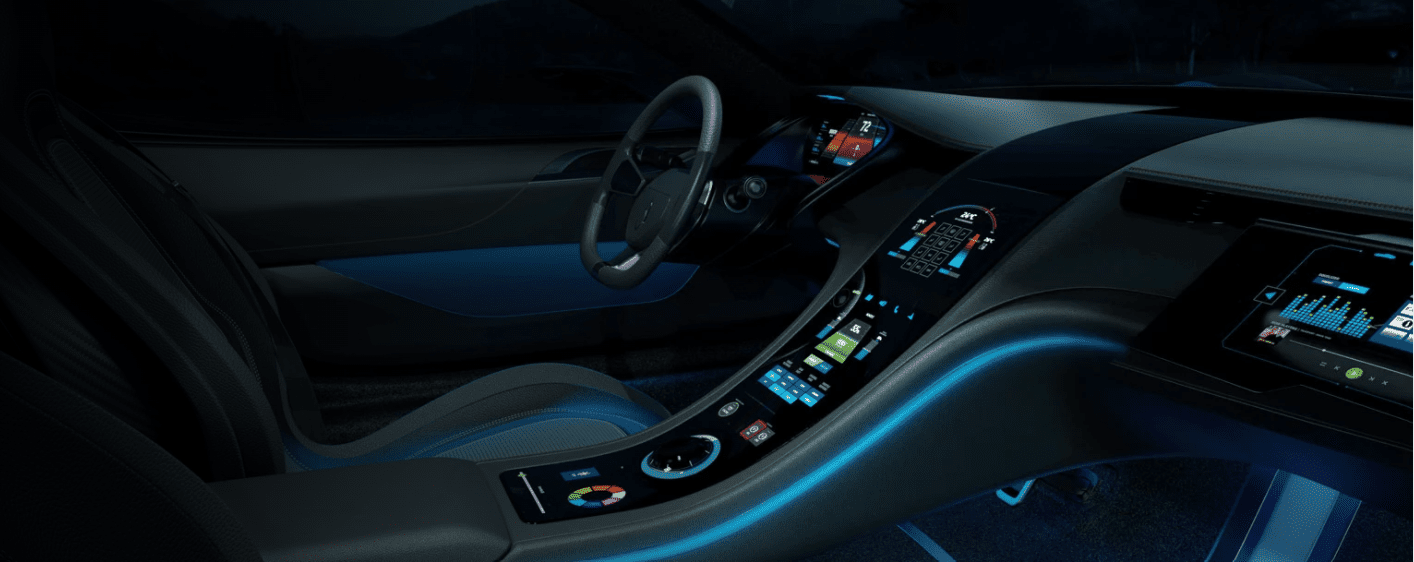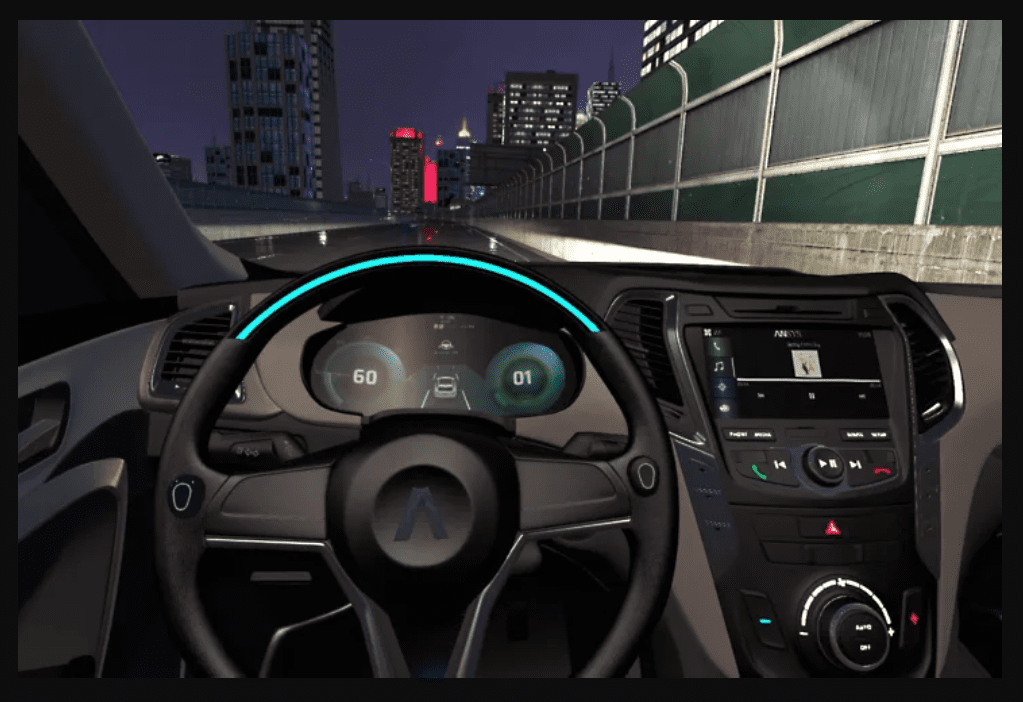
With Ansys VRX Perceived Quality, users can create a virtual prototype from a 3D format and easily prepare a virtual model. Crucially, helping designers and engineers make data-driven selections early in the design process.
Perhaps most importantly, Perceived Quality allow you to detect problem areas in your interior lighting design before you physically prototype.
With the live preview of Ansys VRXPERIENCE Perceived Quality immersive virtual reality visualizations, bring in physics-based lighting conditions to explore how your lighting and material choices will look in reality.
By confirming (via computational analysis) that lighting, materials and finish combinations are pleasing to the eye, engineers can deliver the highest possible perceived quality without increasing cost.


Introduction to Ray Tracing: a Transparent Method for Creating 3D Images
The core advantage of ray-tracing is that, by stretching the idea of ray propagation, engineers can very easily simulate effects like reflection and refraction, both of which are useful in simulating glass materials or mirror surfaces.
Amongst the various models available to VRX Perceived Quality users, one core process includes the shooting rays to incorporate computations for both reflection and refraction.
In addition, Perceived Quality automatically takes into account color harmony, fading and blinking speed, and intensity while avoiding disturbing reflections during night driving.
Through these progressive presets, engineers can explore, create and validate a compelling interior lighting scenario with full physics simulation in tandem with dynamic lighting.